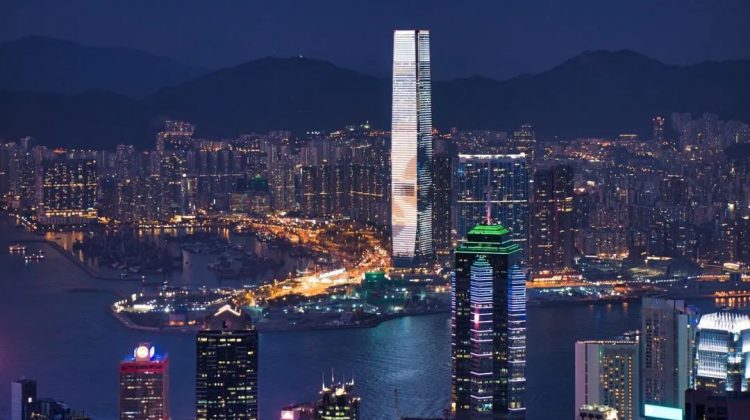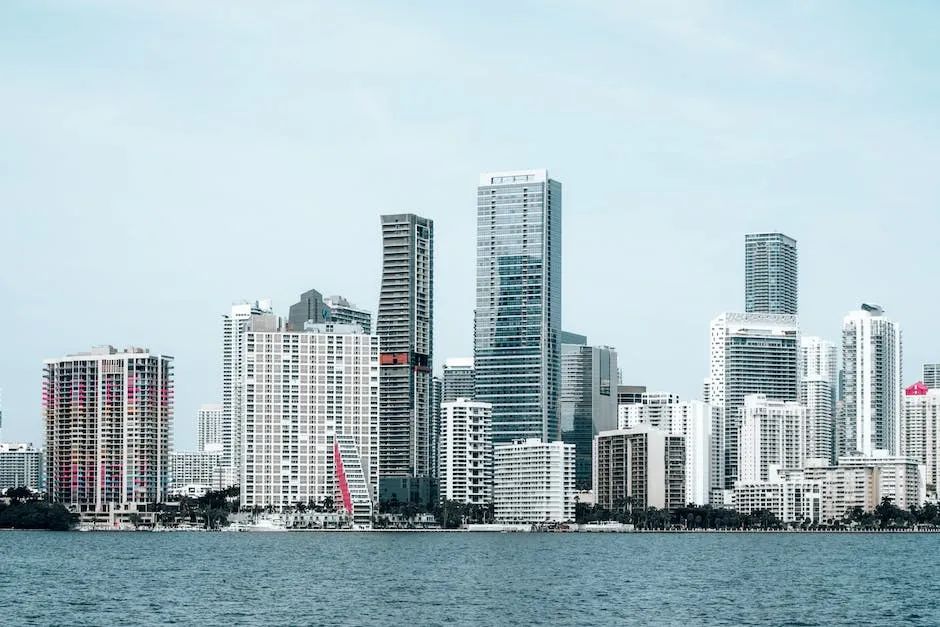
Hong Kong: New Embrace of Interventionist Strategies for Economy
The key philosophy was upheld in the early years after the city’s return to Chinese rule in 1997. Former chief executive Donald Tsang Yam-kuen was a notable defender of the “big market, small government” principle.



Singaporean scholar Yeung said from his interviews with the many Temasek-linked firms, the state-owned fund did not intervene in the direct operation of the management of the firms it invested in.
He said as Hong Kong embarked on this venture, the immediate questions to ask were what the city had to offer, apart from financial incentives, to such foreign enterprises, and how the government could address their needs on labour skills and business industrial linkages.
“Any industrial policy needs to be complemented with long-term planning and public-private partnership…” he said.
